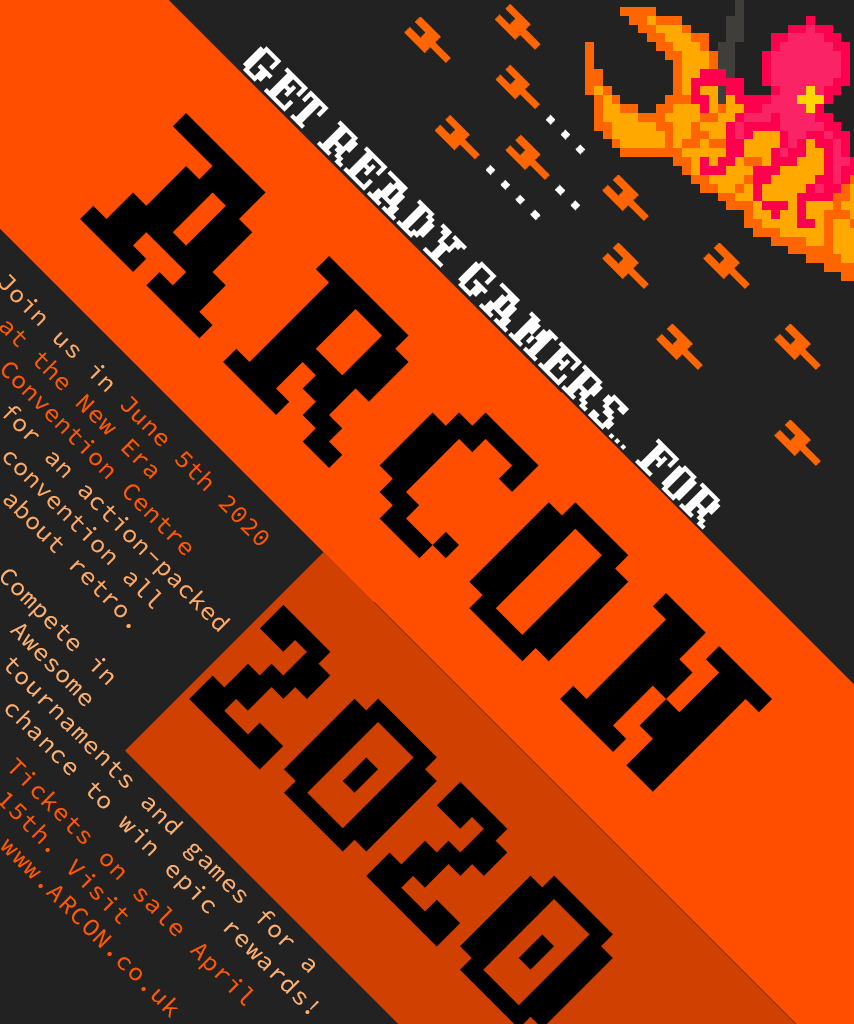
advert 2 mk1







The War of the Worlds was an episode of the American radio drama anthology series The Mercury Theatre on the Air meaning that new, unrelated classic literary works were published on air each week for one hour. It was performed and broadcast live as a Halloween epsiode at 8pm on Sunday, October 30, 1938. This meant that the episode was airing where there were significant unrest about possible war (broadcasted one year before world war 2).
War of the Worlds was set in a present day setting which meant that the events were told in real time. Telling a story in a real time setting enforces a sense of reality to the story, as if it is a real event that is actually happening. Furthermore, the tone of war of the worlds addresses the events in a report like manner, as well as using real locations in the southeast of England. This results in the location names being an anchor to suspend disbelief for the audience – to create a realistic impression of the order of events.
Radio’s prime use in this period was to report on news events nationally and globally, but had a main focus on events in Europe due to rising tensions for World War 2. This meant that a lot of radio reporting was based on talk of invasion and violence. War of the Worlds, with its fictional reporting on an alien invasion, could have easily been mistaken for real news. This meant that all it took was for someone to flip to the wrong channel and then a case of mass panic and mass hysteria. This further caused mass panic when the newspapers caught onto this case and reported with misleading headlines talking about “invasion” or “mass hysteria”, for example. Due to the nature of this, many people took it seriously, and although there have been many exaggerated reports, many did reckless things due to widespread panic.
This was one of the first reports of fake news. Ronald Barthes’ idea of myths fits in to the whole concept of fake news here, with a radio play taken out of context resulting in public belief of invasion, a myth of a ‘war happening today’, enforced by radio reports of ‘the eve of war’ enforcing the myth.
stuart hall – encode -> decode

stuart hall – reception theory

two step flow model:

by paul lazarfield
To what extent do television producers attempt to target national and global audiences and subject matter and distribution?
the missing & AUDIENCE THEORY
Media Language:
Representations:
Industries:
Audiences:
With reference to Witnesses (Les Temoins, France) and The Missing (UK).
Witnesses (Les Temoins, France):
hyperreality – the inability to distinguish between fiction and fact (hyper-realism) – the missing
The Missing (UK):
paradigm – example, model, standard
theorists
ronald barthes – myths
saussure – signs and signifiers
c s pierce –

AGENDA SETTING
FRAMING
MYTH MAKING
CONDITIONS OF CONSUMPTION